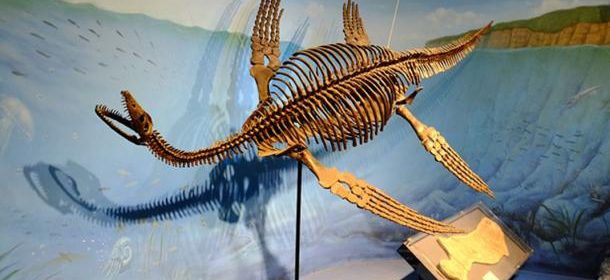Fossil of ‘real-life Loch Ness Monster’ found in Antarctica

The fossil of a sea creature that lived around the earth approximately 70 million years was found around Antarctica. The remains were located about 1966 but were not able to be removed from the rock until now. Researchers uncovered the remains of what they are calling an Elasmosaurus or the real-life Loch Ness Monster. When it was alive it could have weighed around 15 tons and is the largest of its kind ever found. Back in its time it was the largest member of the reptiles and represented the largest sea creatures of the Cretaceous period.
Researchers believe that Nessie is a plesiosaur and somehow survived after all the other dinosaurs became extinct. The description of a plesiosaur is that its body looks like a manatee and had the long neck of a giraffe. It’s believed that the length of the neck was to help them with hunting.
The discovery is welcome news to the people who believe that Nessie is real and lives in Loch Ness. Since Nessie is believed to be a plesiosaur and plesiosaurs became extinct over 65 million years ago, it is hard to believe that Nessie is in Loch Ness since Loch is only about 10,000 years old. The waters that Nessie resides in supposedly cannot sustain a 15-ton sea creature. Since Marine reptiles were not equipped with gills the Loch Ness Monster would have to come up for air at many intervals. If this is true than someone would have plenty of times to see Nessie.

 Print
Print